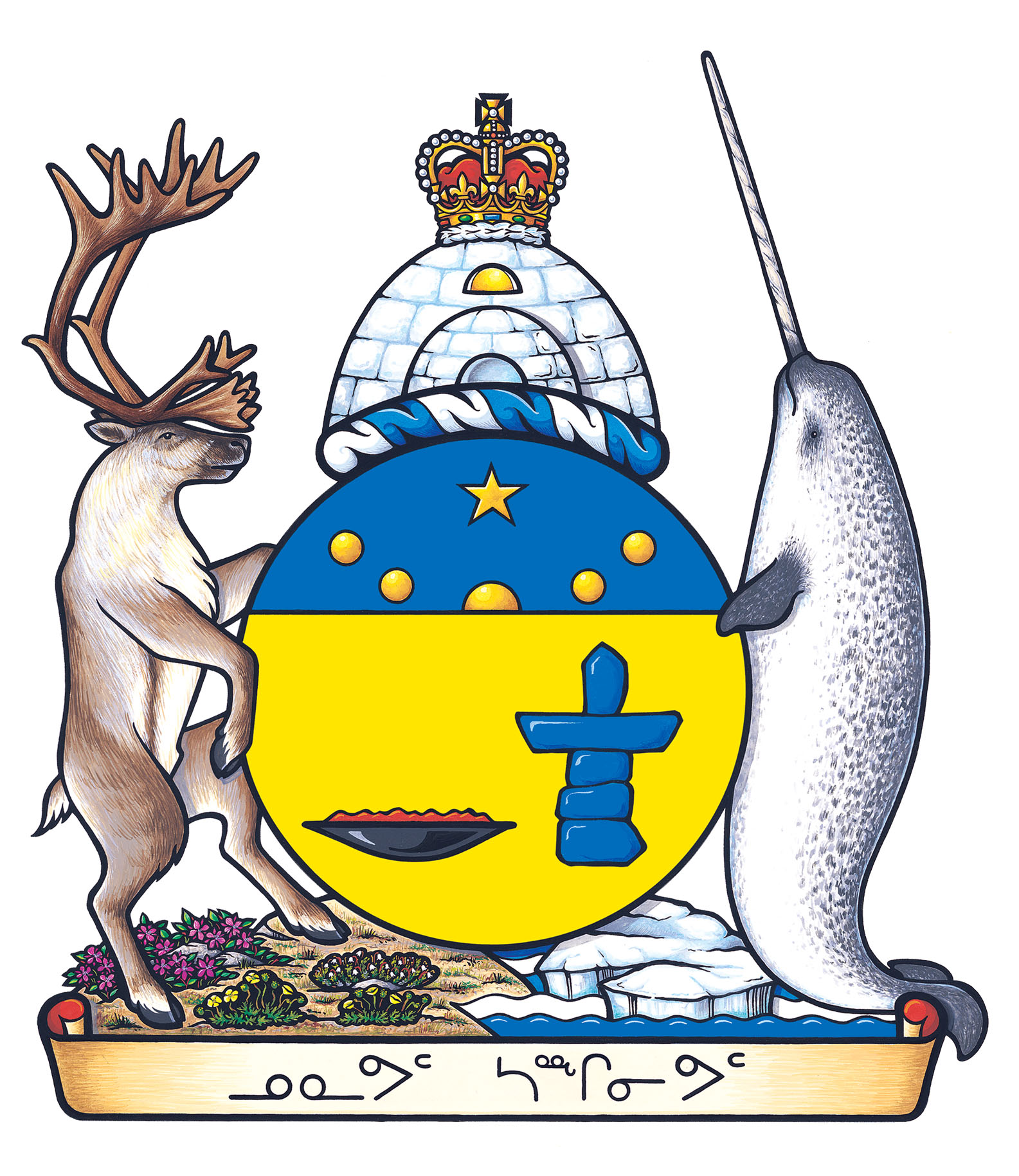The Birth of Nunavut
It’s hard to believe that Canada’s newest territory is almost 16 years old. April 1, 1999 was the official date Nunavut separated from the Northwest Territories. Comprising a major portion of Northern Canada as well as most of the islands in the Arctic region, Nunavut is the fifth – largest country sub division in the world. Nunavut borders with Manitoba and the waters of the Hudson Bay are included in its borders.

The capital is Iqaluit, formerly Frobisher Bay on Baffin Island. Other major communities include the regional centers of Rankin Inlet and Cambridge Bay. In the far north, Nunavut also includes Ellesmere Island as well as the eastern and southern portions of Victoria Island in the west as well as Akimiski Island in James Bay in the far south. It is the only region of Canada that is not connected to the rest of North America by highway.
The youngest territory is the least populous though largest in overall area of all the provinces and territories of Canada. With a mostly Inuit population of nearly 32,000, Nunavut is a sparsely settled region about the size of Western Europe. Alert, the northernmost inhabited place in the world, is also a part of Nunavut.

The territory of Nunavut. Vabmanagement.com. image.
The territory includes all of the islands in Hudson Bay, James Bay and Ungava Bay. If Nunavut were a country, it would rank 15th in area. The population density is 0.015 persons per square kilometer, one of the lowest in the world. Greenland has approximately the same area and nearly twice the population. Nunavut’s highest point is Barbeau Peak (2,616 m (8,583 ft)) on Ellesmere Island.

Nunavut’s coat of arms. Image courtesy of assembly.nu.ca
Since the 1976 initial proposal by the 82 % Inuit population of Nunavut, the long journey to the current territorial status was delayed by disputes over land claims. So, after 23 years, the territory was born. It seems slightly odd that a native territory took that long to emerge as such. The name “Nunavut” is derived from the Inuit word for “our land”.

